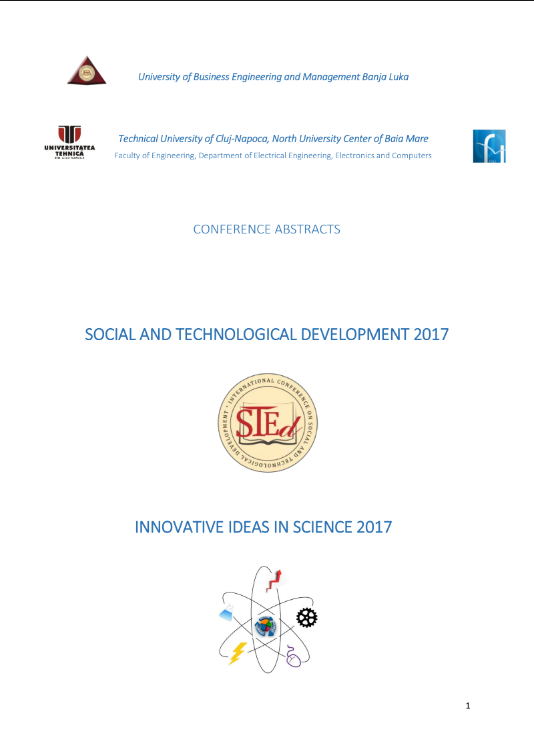
This is an open access article distributed under the Creative Commons Attribution License which permits unrestricted use, distribution, and reproduction in any medium, provided the original work is properly cited.
Limited resourses of fosil fuels and the greenhouse effect imposed a need for constant researches in area of usage of renewable energy sources (RES) a long time ago. Goal of this researches is using renewable energy sources more often. One of the types of renewable energy sources in Serbia is nonwood biomass. Nonwood biomass has two big advantages. You can find a lot of types of it, that's the first advantage. The second one is that you can find it almost anywhere. Despite that it is not used very often even if it's very good way of getting energy efficiently. Because of that, current potential of nonwood biomass will be shown in this paper (presentation) with a spesical attention on Vojvodina as best region in Serbia in terms of usage of renewable energy sources. We will try to explain every aspect of this whole story and some of them are: which types of nonwood biomass we use often, how much energy can we get out of this, machines that we use in this process, how much does it cost (how much do we pay for this process) and of course can we also count on nonwood biomass in future (is it a good solution for future projects).
The statements, opinions and data contained in the journal are solely those of the individual authors and contributors and not of the publisher and the editor(s). We stay neutral with regard to jurisdictional claims in published maps and institutional affiliations.